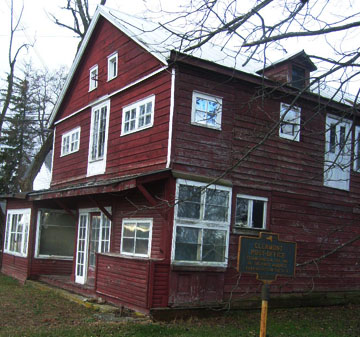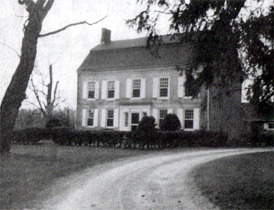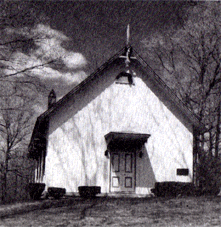Tax Information
Tax Collector
Joan Buser (January 1, 2022 – December 31, 2025)
buserj74@gmail.com
518-537-6102 – By Appointment
Tax information can be looked up online by Tax Map ID# at: http://egov.basny.com/Clermont/
You can find your Tax Map ID# through the County Assessment Rolls. Columbia County assessments for all municipalities in the County may be viewed on the County website.
Sole Assessor
Cheryl Kaszluga (October 1, 2019 – September 30, 2025)
518-537-6928
Hours: Available 7 days a week by phone or email, Thursdays – 6:00 PM – 8:00 PM. Appointments only.
Services: Star Programs; Agriculture & Veterans Exemptions.
Property Tax
More information about Columbia County Real Property Tax can be found here.
Tax Grievances
If you wish to grieve your property tax assessment, you can do so at the Grievance Day for the town of Clermont. The Board that hears the grievances is the Board of Assessment Review. See Columbia County Real Property Tax Service Agency Grievances for more information.
Board of Assessment Review
John Gall, Chairman (October 1, 2021 – September 30, 2026)
Ripley G. Hathaway (October 1, 2022 – September 30, 2027)
Mary Howard (October 1, 2018 – September 30, 2023)
Al Costello (October 1, 2024 – September 30, 2029)
Sara Takacs (October 1, 2020 – September 30, 2025)
School Districts:
To learn more about budget and financial information of the three school districts, see the schools’ websites:
http://www.germantowncsd.org/
https://www.ppcsd.org/
http://www.redhookcentralschools.org/
The links for the School Tax Bills for Pine Plains, Germantown and Red Hook Central School Districts are here: Info-Tax Online.
Mailing addresses for school taxes:
- Germantown Central School, c/o The Bank of Greene County
P.O. Box 247
Germantown, N.Y 12526
Atten: Tax Collection - Pine Plains Central School District
PPCSD – School Tax Collector
2829 Church Street
Pine Plains, NY 12567
518-398-7181 - Red Hook Central School District
Kristie L. Lukach
9 Mill Road
Red Hook, NY 12571
845-758-2241


 Master Craftsmen Restored Historic Clermont Home to Original Grandeur
Master Craftsmen Restored Historic Clermont Home to Original Grandeur St. Luke’s – 1859
St. Luke’s – 1859